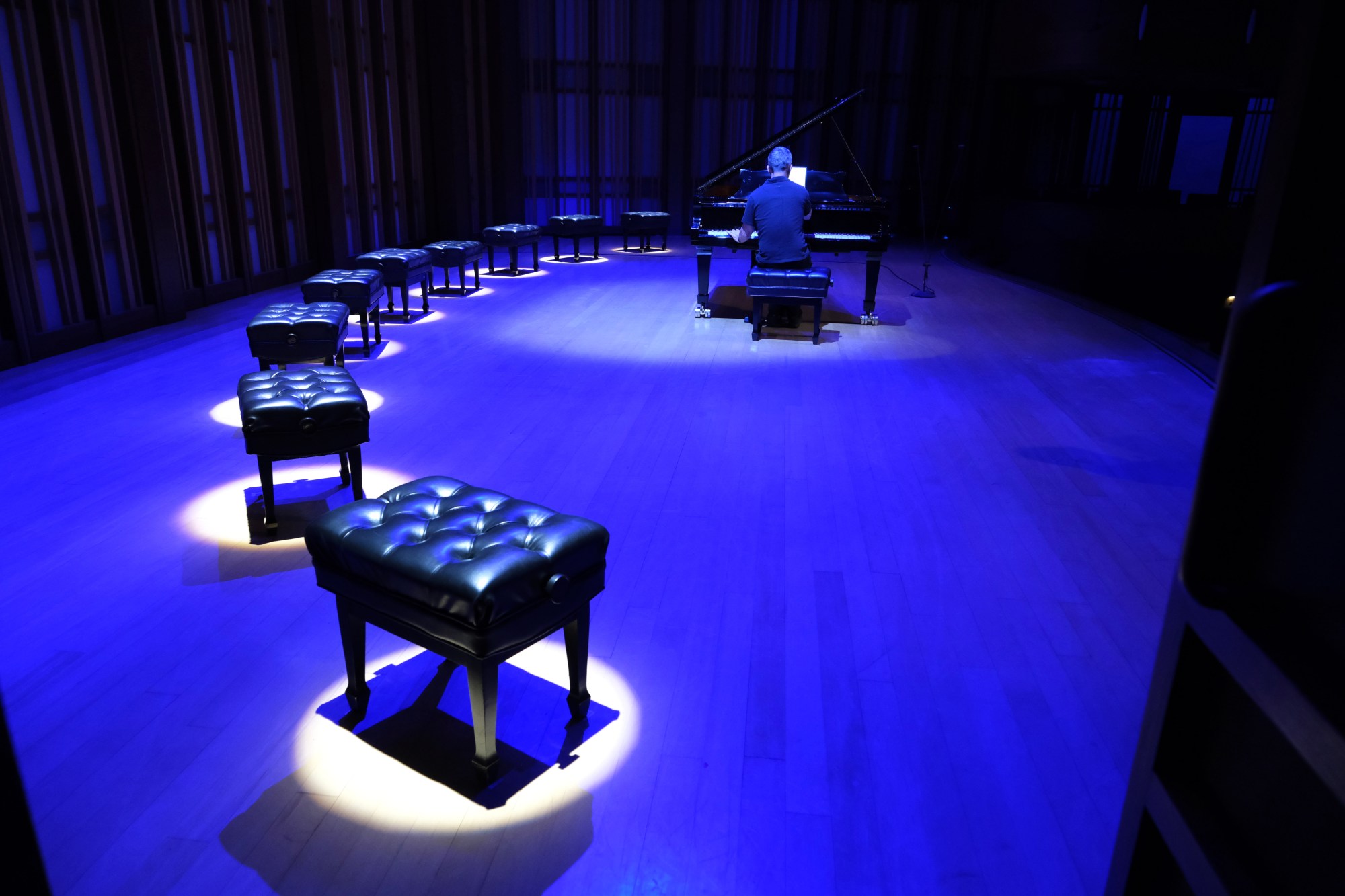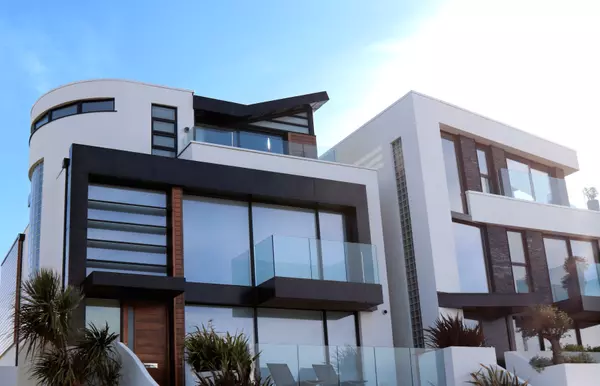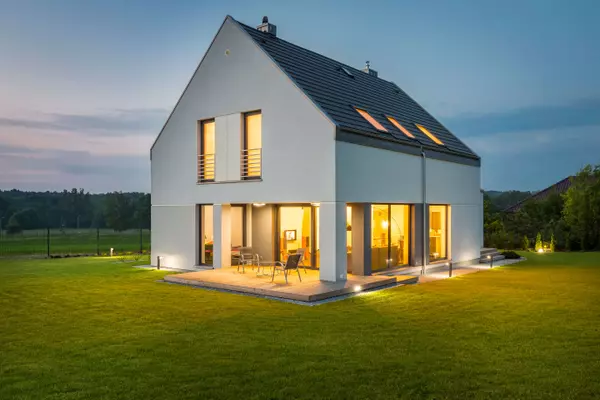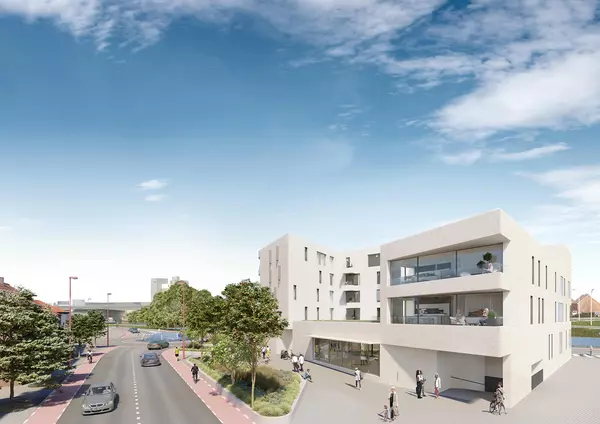Review: SummerFest kicks off with 9 great pianists and 20 well-played etudes
The idea of late style in creative works has long fascinated critics. Commentators have noted that for many artists and thinkers — from Beethoven to Einstein — the most groundbreaking, innovative, and bold statements happen early in their careers, while late works look back to comment on and take a stance toward the artist’s past work and that of others.
In this light, La Jolla Music Society’s just-launched Summerfest 2025 festival’s thoughtfully curated presentation of Philip Glass’s complete Piano Etudes at the Baker-Baum Recital Hall Saturday evening offered an important chance to witness the evolution of Glass’s style and consider his place in the music of our time.
The etude genre has evolved since its origins in the 17th century, from pedagogical exercises into works that stretch out emotionally as well as technically.
Glass’s Twenty Etudes, written in two books from the early 1990s through 2012, chart a similar trajectory, from the repetitive textures of his early music toward a language broadened in length and scope, involving quotation, musical code-switching, detailed harmony, and melodic invention. While Glass’s voice is unmistakably his own, the etude genre and the clarity with which these pieces distill his musical thinking align him with figures as varied as Chopin, Scriabin, Debussy, Ligeti, and Reynolds.

Saturday’s recital, dubbed “The Glass Menagerie,” was exceptionally smart and effective in its stage direction: the Twenty Etudes were split up among nine pianists (two apiece, except the first two and last two handled by Summerfest Music Director Inon Barnatan himself).
Ten piano benches were assembled in an arc on the stage, each beneath its own spotlight. As successive pianists took the stage, their bench was moved from its place to the piano, then replaced by the next. This subtle choreography — repetitive, ritualistic, quietly transformative — mirrored the logic of the music itself, and lent structural relief to a concert that lasted almost three hours.
Similarly, the survey of Glass’ etudes was made more varied by the different playing styles of the pianists, all of them excellent, with each bringing distinctive color and character to their pair. Inon Barnatan opened with Etudes 1 and 2, delivering the first with remarkable strength, clarity, and precision, the second with rich fifths that recall Glass’s early work and an accompaniment that nods to the first Prelude in Bach’s “Well-Tempered Clavier.”
Ying Li followed with a more atmospheric touch — her Etude 3 was delicately blended and subtle, while Etude 4 surprised with a bold attacks and a final low D that echoes the end of Chopin‘s Op. 28 Preludes. Steven Osborne brought commanding authority to Etudes 5 and 6, expertly balancing pacing and energy with controlled intensity. Melonie Grinnell offered contrasting moments of grace in Etudes 7 and 8, playing with refined delicacy and finesse. The set closed with Matthew Aucoin, whose dynamic, physically charged performance of Etude 9 gave way to a raucous, almost explosive rendering of Etude 10.
Book II of the Etudes features a richer tapestry of expression, greater structural complexity, and a more knowing commentary on traditional harmony than the first, and each pianist drew out new depths of style and emotional resonance.
Timo Andres brought a dazzling range of color and flair to Etude 11, and carved out sharp, rhythmic contours in the polyrhythmic maze of Etude 12. Juho Pohjonen impressed with stamina and directional energy in Etude 13, then pivoted gracefully to for Etude 14 — a piece that blends romantic lyricism with cowboy-blues inflections.
David Kaplan approached Etude 15 with austerity, shaping its surging waves of sound with earnest precision, and embraced the shifting patterns of Etude 16’s off-kilter 7/8 meter with poise and control. Conor Hanick gave Etude 17 a commanding, heavy-handed weight, while the dragging triplet melodies of Etude 18 felt at once deeply American and evocative of Chopin’s Fantasie-Impromptu.
Returning to the stage, Inon Barnatan illuminated the tension of Etude 19, which decays from Schumannesque figuration to a tottering, intimate ending, and finished the set with a reading of Etude 20 that felt serene and expansive — almost celestial — with echoes of late Brahms in its warmth and breadth.
SummerFest continues with concerts through Aug. 23 at La Jolla Music Society’s Conrad Prebys Performing Arts Center in La Jolla.
Categories
Recent Posts










GET MORE INFORMATION


